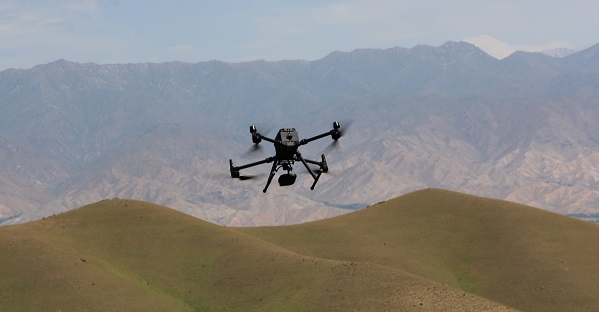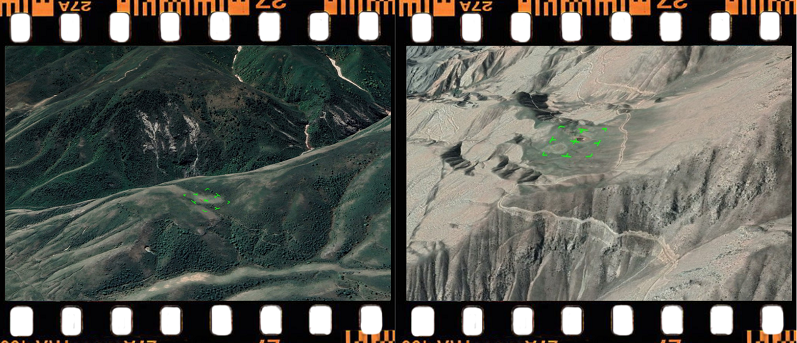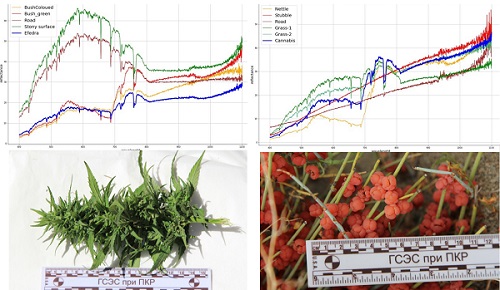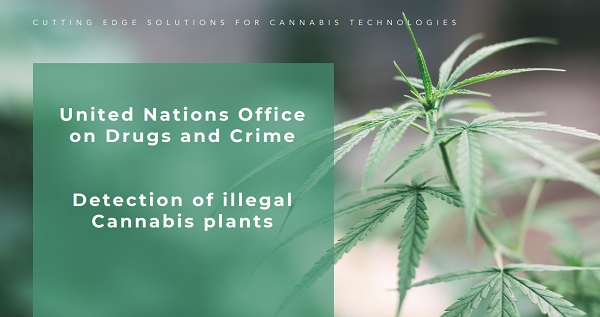
UNODC and Counter Narcotics Service, Kyrgyz Republic Harness Innovation to Strengthen Counter Narcotics Efforts
The United Nations Office on Drugs and Crime (UNODC) and the Counter Narcotics Service (CNS) of the Ministry of Internal Affairs of the Kyrgyz Republic, in collaboration with a research group in spectrometry and artificial intelligence (AI) from the Kyrgyz National University conducted a significant two-part event aimed at addressing the significant challenge faced by law enforcement agencies in detecting and monitoring illicit crops.

The event took place in two regions characterized by extensive areas of wild-growing cannabis, ephedra, and their illicit cultivation: Jalal-Abad oblast from July 13-14 and Issyk-Kul oblast from July 17-22.

During the event, Unmanned Aerial Vehicles (UAVs) equipped with hyperspectral cameras were used to capture images of these plants, as well as the main differences, corresponding to different regions and vegetation cycles, were identified. This activity marks a significant step towards creating a comprehensive library of hyperspectral images.

Understanding that spectral signatures can vary across different locations and vegetation cycles is critical for effective detection using spectral technologies. Spectral signatures are derived from the unique interaction between light and plants, and they can differ based on various factors such as environmental conditions, soil composition, and plant species diversity. Additionally, vegetation cycles, including different growth stages and seasonal changes, can further impact spectral signatures. Therefore, developing detection methodologies and algorithms that account for location-specific and temporal variations in spectral signatures is essential to enhance the accuracy and reliability of illicit crop identification.
Hyperspectral cameras have the ability to capture a vast amount of spectral information across different wavelengths, allowing for the identification of specific features associated with illicit crops. Nevertheless, without proper calibration and tuning, the focus of the camera may not be optimized for the distinct spectral characteristics of illicit crops, resulting in reduced efficiency and accuracy in detection.

Therefore , o address this challenge, the development and maintenance of a digital herbarium of illicit plants becomes essential. Fieldwork, was conducted in collaboration with spectrometer experts, involved collecting spectral data from illicit crops during different vegetation cycles. The data collected serves as a reference database, allowing for the calibration and configuration of spectral cameras to emphasize the wavelengths and spectral bands associated with illicit crops.
Continuous updates and expansions of the digital herbarium ensuresd ongoing improvement and refinement of detection capabilities, particularly in detecting emerging illicit plant species. This initiative will significantly enhance the methodology for detecting areas of cannabis and ephedra using UAVs, crucial in the ongoing fight against narcotics cultivation, production and trafficking.

The activity successfully detected areas of illicit cannabis cultivation as well as marijuana storage sites, employing UAVs of the Counter Narcotics Service of Kyrgyzstan.

This project, is part of a larger UNODC and Government of Kyrgyzstan project on counter narcotics titled "The enhancement of the capacity of Mobile Operational Teams (MOTs) for the Counter Narcotics Service (CNS) of the Ministry of Internal Affairs of the Kyrgyz Republic," with the generous financial support from the Russian Federation.
***
For more information, contact Vasilina Brazhko
Criminal Justice Programme for Central Asia
UNODC PO in the Kyrgyz Republic
+996775987817 whatsapp
vasilina.brazhko [at] un.org